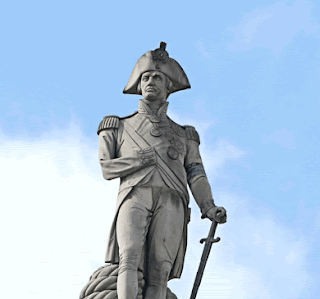The Queen's house in Greenwich shall be used as a VIP centre in the 2012 Olympic games.
It is one of the most important buildings in the history of British architecture and the first fully classical building to have been constructed in Britain.
Architect Inigo Jones was commissioned back in 1615 to construct the building for Anne of Denmark, the Queen of King James I of England. From how tradition tells it, it seems that James I gave her the manor of Greenwich as an apology gift for having sworn at her in public after she accidentally shot one of his favourite dogs whilst out hunting.
Jones had just got back from his tour of Roman, Renaissance and Palladian architecture (a European style of architecture derived from the designs of the Venetian architect, Andrea Palladio) in Italy, and had risen to fame as a designer of court entertainments.
 The Queen's house shows us the first introduction of Palladianism (Palladio's interpretation, as of the 17th century, was adapted to the style known as Palladianism) to British architecture at a time where the best native buildings in Britain were still in red-brick Tudor style.
The Queen's house shows us the first introduction of Palladianism (Palladio's interpretation, as of the 17th century, was adapted to the style known as Palladianism) to British architecture at a time where the best native buildings in Britain were still in red-brick Tudor style.The house now forms part of the National Maritime Museum, and since 2001 has put on display fine-art collections of maritime paintings and portraits.
There is an on-going programme of displays and temporary exhibitions.
http://www.nmm.ac.uk/about/history/queens-house/
If you visit the Queen's house in Greenwich, you'll come across the English painter William Hodges. He was a member of James Cook's second voyage to the Pacific Ocean as the expedition's artist in 1772 – 1775. Many of his sketches and wash paintings were used in Cook's journals, and upon his return to London he produced large-scale landscape oil paintings from his Pacific travels. You can check out his exhibition here http://www.nmm.ac.uk/upload/package/30/home.php







